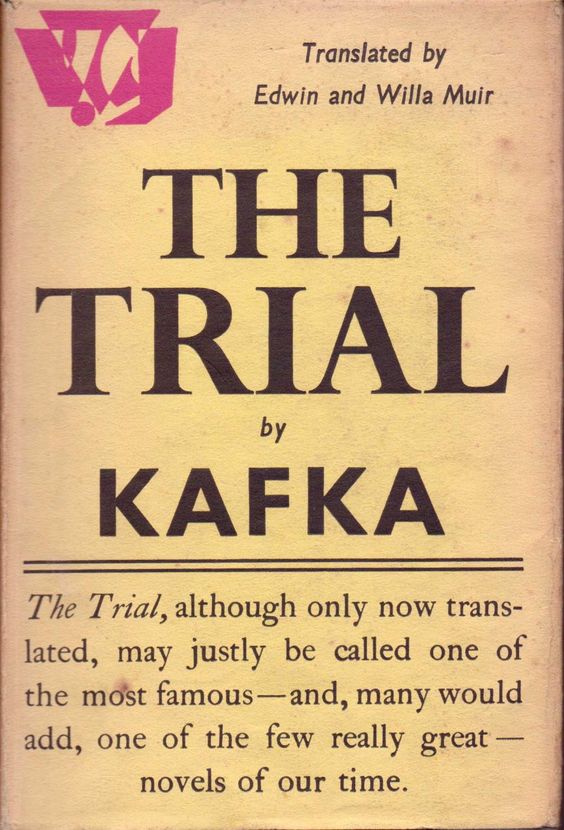Rebecca DeWald explores how collaborative translation helped bring Kafka’s work to audiences around the world.
Franz Kafka is often regarded as a singular writer, a ‘genius’, one of a kind. It may therefore come as a surprise that many of the world’s ‘Kafkas’ are in fact the product of multiple translators working in collaboration.
The Scottish translator duo Willa and Edwin Muir are perhaps the most familiar to English-language readers. Following stints in Prague and Dresden, the Muirs started translating Kafka together in St Andrews in the late 1920s. Among their co-translations are many of Kafka’s best-known texts, including The Trial and The Castle. Willa, the linguist of the pair, seems to have translated the lion’s share, and published many solo translations under the pen-name Agnes Neill Scott. Edwin’s forewords, meanwhile, shaped the English-speaking audience’s first impressions of Kafka, describing him as a ‘religious genius… in an age of scepticism’, relying on Max Brod’s editorial interventions and helping to establish the author’s cult image.
In an interview, Willa recounted how both she and Edwin were instantly taken by Kafka and ‘loved the way in which original situations from the unconscious were translated into concrete terms’. Their approach was rather simple: they each read the Kafka volume in question separately and ‘tore it in two’, each translating half, then correcting the other half with ‘a fine-tooth comb’. In the end, as if by magic, the two halves ‘fitted together like a seamless garment’.
Jorge Luis Borges saw his own collaborative translations of Kafka in similarly magical terms. From the 1930s to the 1950s the Argentine writer teamed up with close friend Adolfo Bioy Casares to translate several of Kafka’s stories and aphorisms into Spanish. According to Casares, Borges described their translations of Kafka and other modernist writers as the work of a third person, lovingly called ‘Biorges’. Biorges appeared ‘almost without us noticing. We needed neither discipline nor effort. When one of us played, he played. And with Bioy it was all play.’
In this case, ’play’ was born of necessity: Borges went blind in his fifties and relied on collaborators and scribes. Who, then, can be said to have written the translations? Collaborative interplay seems to be the most appropriate description, resulting in a text which cannot be attributed to the genius of one person or the other, but instead appears to be written by a single, fictional author. This requires both writers to reject vanity and cede some of their individual responsibility.
If ignored egos are the prerequisite, why, then, would the work of a ‘genius’ like Kafka lend itself so well to collaborative translation? I am certain that the Jewish writer’s universal appeal stems largely from the fact that most of his texts survived as unfinished fragments. These allow each reader to interpret them as they wish, creating a ‘peculiar perfection’ through their endlessly adaptability. And this limitless potential for representation becomes apparent through translation: two translators can better portray multiple interpretations of the text, and in this way do justice to the polysemy of the work.
It could be that translating the work of a genius requires the work of not one mind, but two.
References
Writing Scotland – Willa Muir, BBC Two
Adolfo Bioy Casares, Borges (Buenos Aires: Destino, 2006). Author’s own translation.
J. M. Coetzee, ‘Kafka: Translators on Trial’, The New York Review of Books
Michel Foucault, The Order of Things: An Archaeology of the Human Sciences, trans. anonymous (London and New York: Routledge, 2002).
Willa Muir, In Search of Edwin Muir, audio recording (1963), London Review of Books, Courtesy of BBC/Faber & Faber on behalf of the Estate of Willa Muir


